Striving for healthy woods and happy songbirds in Brattleboro
4 min read / July 14, 2023
Our website uses cookies to improve your experience. To learn more about how we use cookies, please review our privacy policy.
Can't find what you're looking for? Please contact us.
4 min read / July 14, 2023
In 2001, Andrew and Joan McCulloch donated 50 acres in West Brattleboro to us. Now called Whetstone Woods, the land has recently been opened to the public. It is home to four types of forest, vernal pools, wetlands, and farm fields and a birding trail. Whetstone Brook burbles its way across the land. Most of the fields are rented to farmers who grow hay there.
VLT forester Pieter van Loon and a team of VLT staff and AmeriCorps members are hard at work here—experimenting with ways to support a healthy forest and sharing what they learn with others.
The song of the eastern towhee (pictured) begins with a few introductory notes and ends with a long trill, referred to in the birding world as “drink-your-teeaaa” (or “to-wheeeee”). The bird thrives in brushy areas as does the blue-winged warbler, which breeds in scrubby grasslands where it can conceal its nest in low brush or on the ground.
These are among the many shrubland birds in decline, due to habitat loss and invasive plants.
At Whetstone Woods, we saw an opportunity to create habitat for these birds. “First, we tracked which species were visiting and nesting here,” explains Pieter. “Next, we removed two and a half acres of invasive glossy buckthorn and recruited volunteers to plant 300 native shrubs.”
The Southeastern Vermont Audubon Society played an important role. “They helped us set up a system for tallying and tracking bird sightings,” says Pieter “and we’ve started work on a birding trail through the shrubland habitat and into the woods beyond. In a few years we hope to see rising numbers of birds—proof that our efforts have been successful.”
Visit the birding trailInvasive plants and insects have taken up residence at Whetstone Woods, in a big way. “Nearly all the invasive plants found in southern Vermont are here at Whetstone,” Pieter says. “The spread of invasives is a problem exacerbated by climate change. They out-compete native plants without offering the same ecological benefits.” His team has been working to control them for several years.
Although invasive glossy buckthorn is technically a shrub, it grew so tall and dense at Whetstone Woods that shrubland birds, such as the blue-winged warbler, could not nest in it. Volunteers have put in many hours to tackle this hard-to-remove shrub.
Japanese knotweed was another menace. It grows up to four inches a day and was overtaking the streambanks at lightning speed. The plant smothers everything in its path and increases erosion and runoff into watersheds.
The volunteer-run Southeast Vermont Cooperative Invasive Species Management Association is our partner in testing different management approaches for knotweed at Whetstone. “We put metal mesh over a small patch of knotweed,” explains Pieter. “As the plant grows through the mesh, it girdles itself and eventually runs out of the energy stored in its roots.”
Native to America for millions of years, deer populations have been on the rise since European colonists decimated wolves and mountain lions, the animal’s natural predators. Today, deer can give invasive plants the upper hand.
“When you have too many deer,” Pieter says, “they eat everything they can reach—young trees, wildflowers, shrubs. Invasive plants, which are a food of last resort, fill the gaps.”
Because hunting isn’t allowed in city limits, the deer population at Whetstone Woods is very high. In 2019, the team built a fence around a section of woods to keep deer out. “We are starting to see a real difference,” adds Pieter. “Plants inside the fence are thriving while there is still nothing on the ground outside. It really demonstrates the ecological effects of having too many deer in the landscape.”
The woods at Whetstone are a mix of hardwoods, white pine, and hemlock. To the forestry team, they offer the chance to do something about emerald ash borer (EAB)—an invasive insect that has the state’s foresters worried.
Ash trees make up more than five percent of Vermont’s woods. A threat to these trees also threatens the lives that depend on them, including nearly 80 species of invertebrates. The emerald ash borer has killed hundreds of millions of ash trees across the country. And there is no known solution.
Pieter and the team are monitoring EAB at Whetstone Woods by placing sticky pheromone traps near ash trees. “We’re also treating select ash trees with an insecticide that kills EAB,” he says. “It is part of a larger effort to preserve ash and its genetic variability across the region.”
In all this work, the team is trying to connect with as many people as possible. Several educational events are held there each year. And, there are plans to build more trails, including an interpretive trail being developed with the Elnu Abenaki. Visitors are welcome to explore the property on their own.
“These woods are in the most heavily populated area in Windham County,” Pieter says. “They offer opportunities to engage with many people, including those who may not have much exposure to caring for the land. We want to inspire people to implement these approaches elsewhere.”
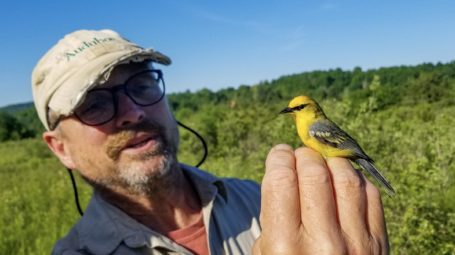
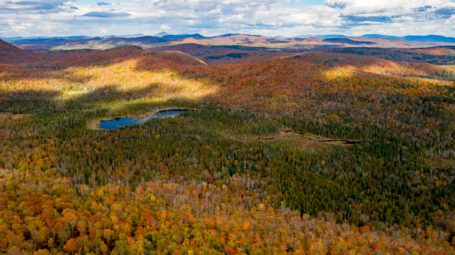
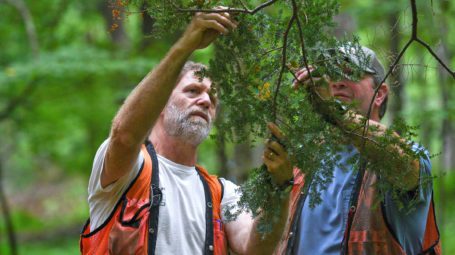
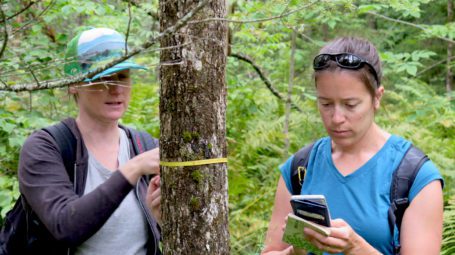
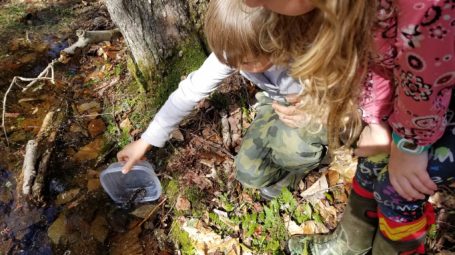

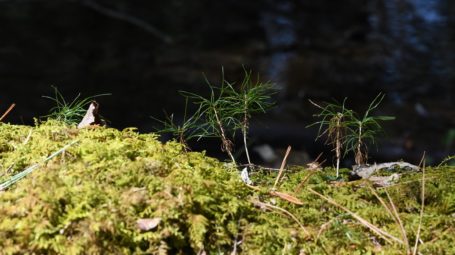
We generally send two emails per month. You can unsubscribe at any time.